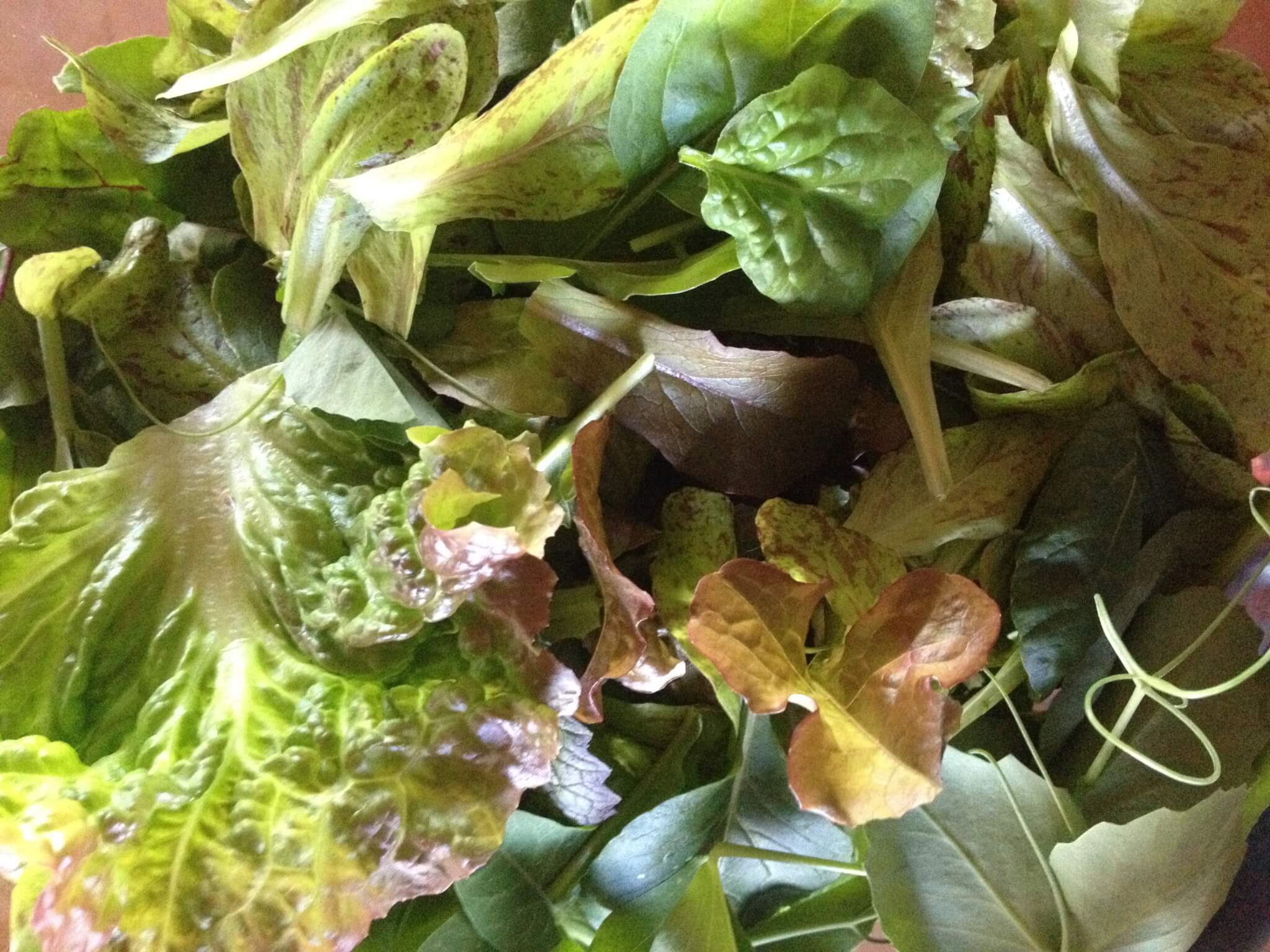Vegetable gardening is a growing trend for so many reasons: health, economy, variety and taste are just some of benefits to growing vegetables at home. A bit of planning up front really pays off in the productivity of your garden. Here is part one of a two part series intended to guide those beginner gardeners or serve as a resource for those who have experience.
SELECT YOUR SITE
• Choose a site with at least 6 hours of direct sunlight and good drainage with no low, wet areas.
• If possible, choose a site sheltered from wind and near a south facing wall for radiant heat.
• Try to stay away from trees and shrubs that send up shoots such as aspens, cottonwoods or chokecherries.
• Keep your garden small at first and expand as you learn what works for you.
SOIL PREP
• The soil should be dry before being worked to avoid compaction.
• Add lots of organic material (compost, either commercially made or homemade) to improve soil condition, fertility, drainage, nutrient and water holding ability.
• If you are planting any heavy feeders such as squash, cucumbers or melons, add a granular fertilizer made for veggies (lots of fertilizer options for organic or conventional gardens, stop in the greenhouse and we can point you in the right direction).
• Soil can be warmed up faster by putting a layer of clear plastic over it for a few days before planting.
GARDEN LAYOUT
• If possible, consider building raised beds for gardening. There will be better drainage, the beds warm up earlier and there is less bending or kneeling.
• Don’t plant tall plants or build trellises where they will shade other plants.
• Crop rotation is important for healthy crops. Try not to plant the same vegetable in the same place year after year.
• Keep any paths or walkways wide enough for a wheelbarrow.
PLANTING SEEDS
• Seeds need four things for germination:
-dirt
-water
-light
-the right soil temperature
• Follow the instructions on the seed packet.
• Choose seeds that have short days to germination time and short days to harvest time, all this information will be on the seed packet
• Spinach, peas, potatoes, radish, and greens like kale, Swiss chard and arugula can be planted late April through May.
• Wait until June to plant warm-season veggies like beans and squash.
• Many vegetables are available as seedlings or starts. Long-season veggies like tomatoes, cabbages, broccoli, and peppers are best to plant from starts.



